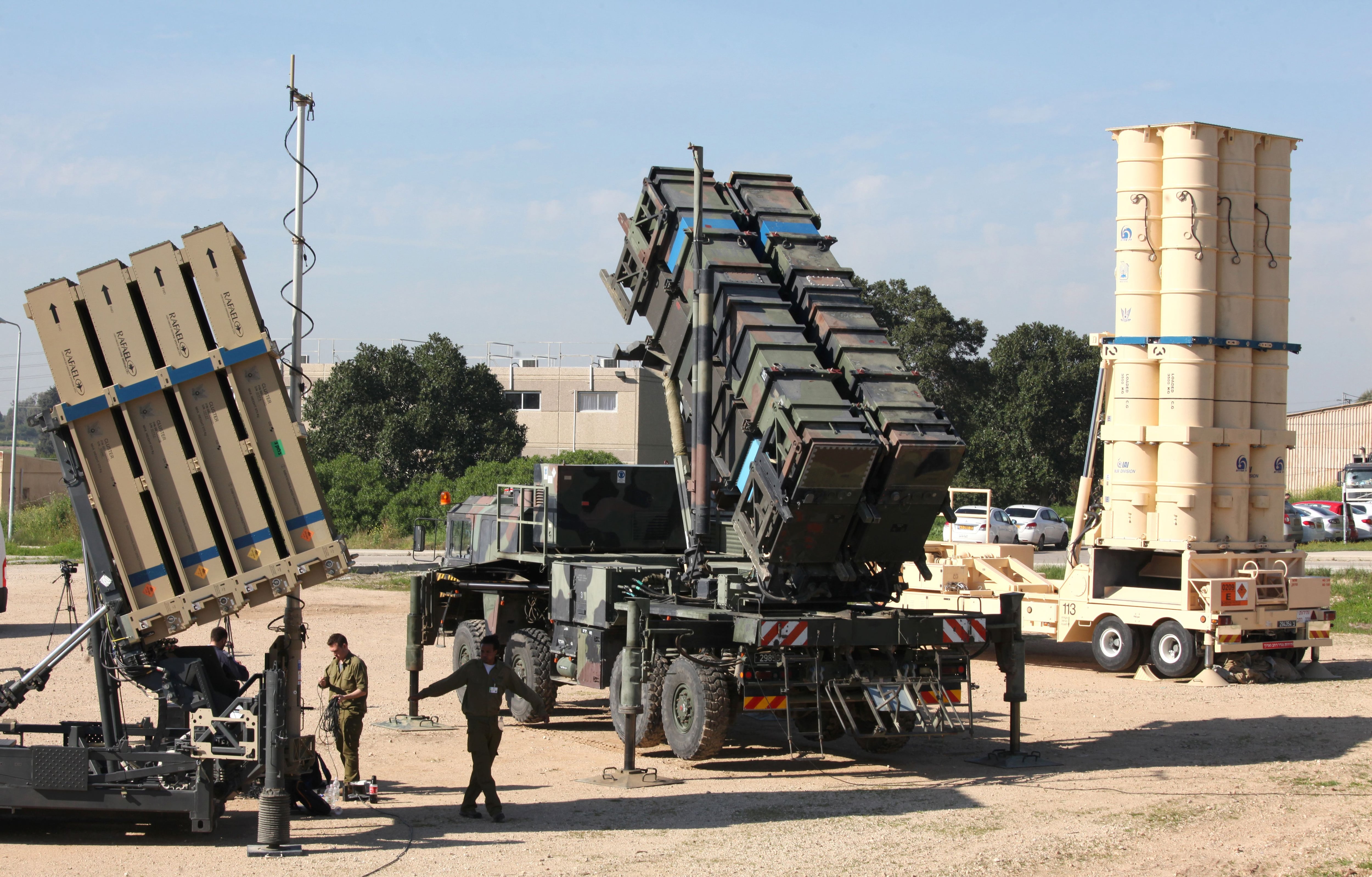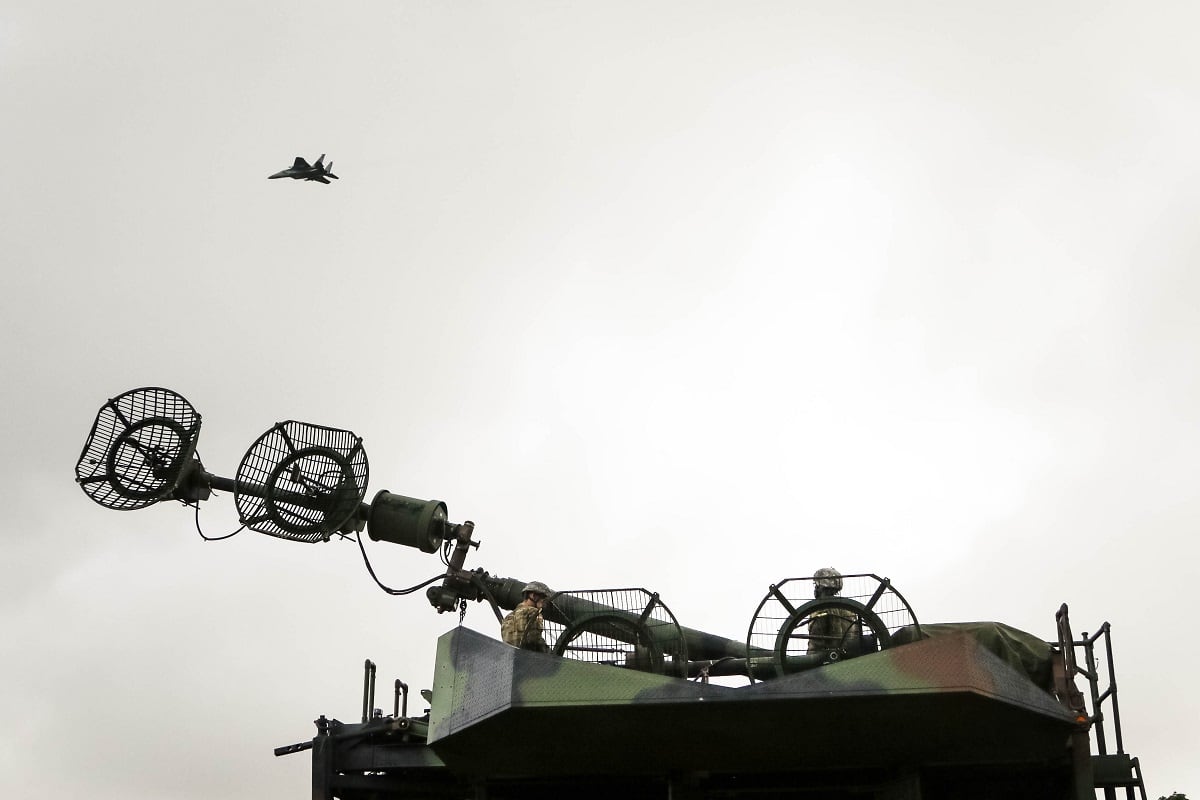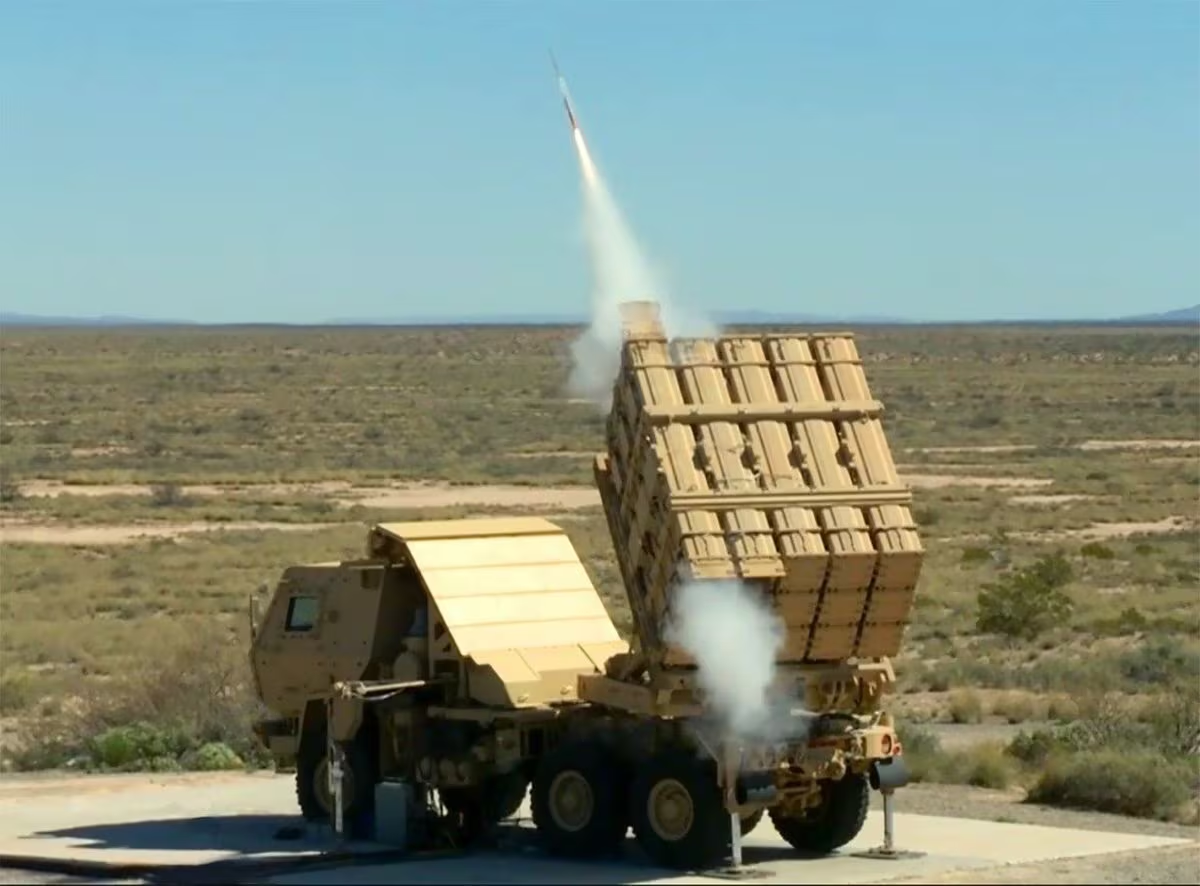WASHINGTON — The U.S. Army has been on a path to incrementally develop an indirect fires protection capability to defend against rockets, artillery and mortars as well as cruise missiles and drones. But this year it plans to experiment with the makeup of an enduring system to map the way forward, according to the service’s project manager for cruise missile defense systems with the Program Executive Office Missiles and Space.
There have been efforts to develop certain capabilities within the greater system, such as qualifying interceptors and internally developing a Multi-Mission Launcher, but the Army has decided to take a breath to evaluate its direction, Col. Chuck Worshim told Defense News in a recent interview.
The Army is shifting around its pots of funding within the IFPC program to pay for two Iron Dome systems — manufactured by Israeli company Rafael and American firm Raytheon — to fill an urgent capability gap for cruise missile defense on an interim basis. Congress mandated the Army deploy two batteries by fiscal 2020 in its fiscal 2019 budget.
RELATED

“There is a new strategy working for the enduring IFPC program and we have some Army decision points along the way, based off of experimentation, that we are planning on doing this summer and into the fall,” Worshim said, “and that is going to help inform that enduring IFPC solution. What you will get is a new program strategy for that enduring IFPC program.”
From an experimentation perspective, the Army is looking at what are the best components that can be integrated into the IFPC system from sensors to shooters — essentially “what is the optimal mix?” Worshim said.
“Those components could be some of the Iron Dome components or they could be American components, whether it be the Sentinel radar and things like that,” he said.
Iron Dome uses its Multi-Mission Radar, and the Army is upgrading its Sentinel radar from the A3 version to the A4 version down the road to add capability.
But at the heart of IFPC will be the Integrated Air and Missile Defense Battle Command System — or IBCS — which is a command-and-control network into which sensors and shooters can plug.
IBCS is already under development for the Army’s future Integrated Air and Missile Defense system that will replace the Patriot air and missile defense system. The service is also in the process of choosing the right sensors and shooters for the new air and missile defense system.
RELATED

The IBCS will allow sensors and shooters to easily be plugged in or swapped out down the road, but it’s still in the development and testing phase. It’s expected to reach initial operational capability in FY22, which is roughly a four-year delay from its original schedule, but accounts for the added IFPC mission.
Through experimentation, the fate of some efforts within the program will be determined. The Army has spent years developing its Multi-Mission Launcher, but could end up choosing something else.
The Multi-Mission Launcher “could be a component,” Worshim said, “but it could also be the missile fire unit from Iron Dome … but it could also be a yet-to-be-determined-or-defined launcher that is developed.”
The Army is continuing with its effort to qualify future interceptors for the IFPC program. “We are still looking at potential candidates, and it’s actually going through a tech verification phase right now,” Worshim said.
The service awarded three $2.6 million contracts in the first phase of the Expanded Mission Area Missile program that aims to qualify a second interceptor for IFPC, having already chosen one interceptor — the AIM-9X Sidewinder missile.
RELATED

Lockheed Martin will develop its Miniature Hit-to-Kill missile, and Raytheon will work to qualify SkyHunter — otherwise known as Iron Dome’s Tamir missile — and an interceptor based on the Accelerated Improved Interceptor Initiative.
Most of the experimentation will take place at Redstone Arsenal, Alabama, through lab-based work combined with predictive analysis, Worshim said.
“We have a very limited time to do this experimentation, to come back and … inform Army senior leaders and make a recommendation of what that optimal mix looks like moving forward, and that really sets the basis for the enduring program,” he said.
Jen Judson is an award-winning journalist covering land warfare for Defense News. She has also worked for Politico and Inside Defense. She holds a Master of Science degree in journalism from Boston University and a Bachelor of Arts degree from Kenyon College.








